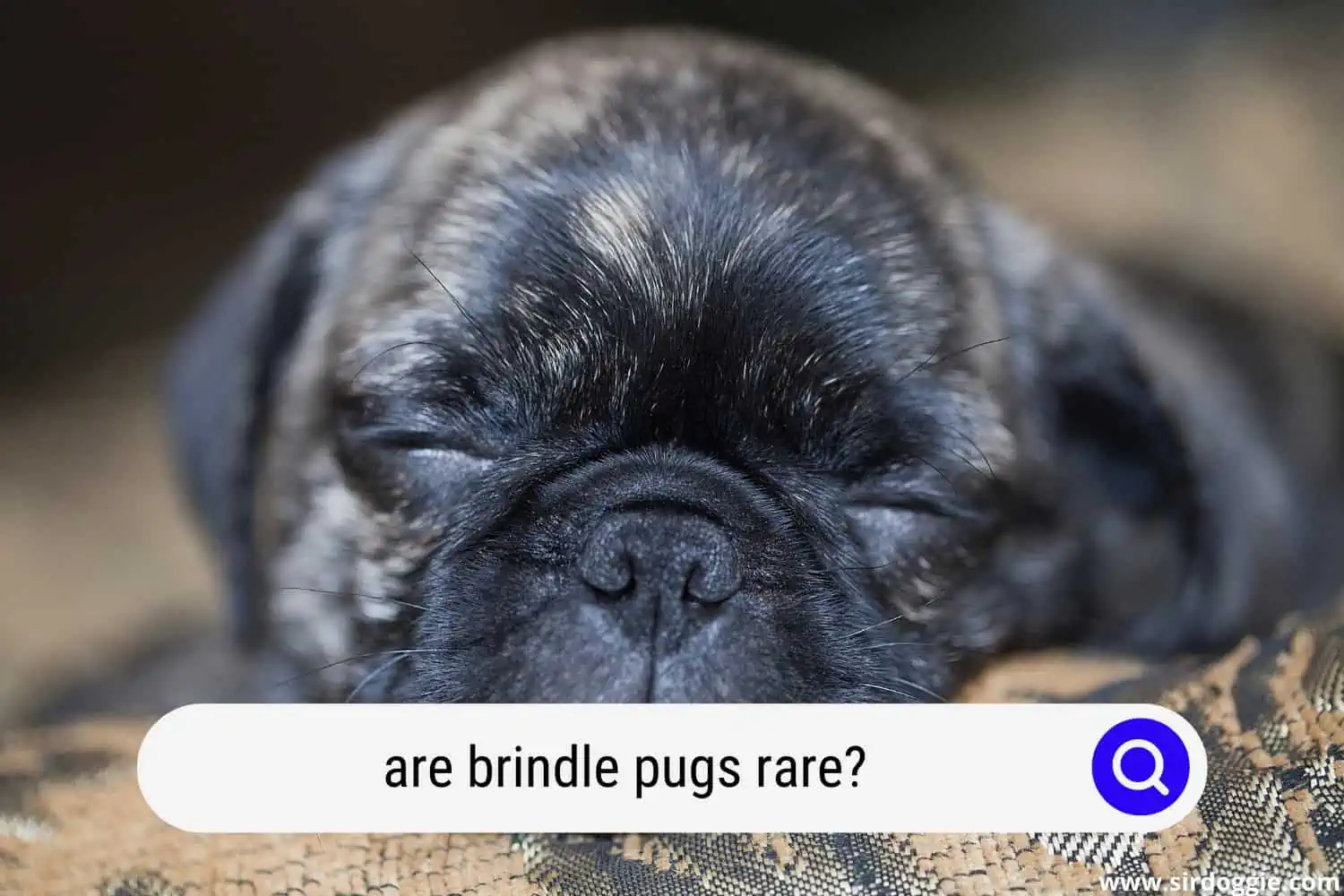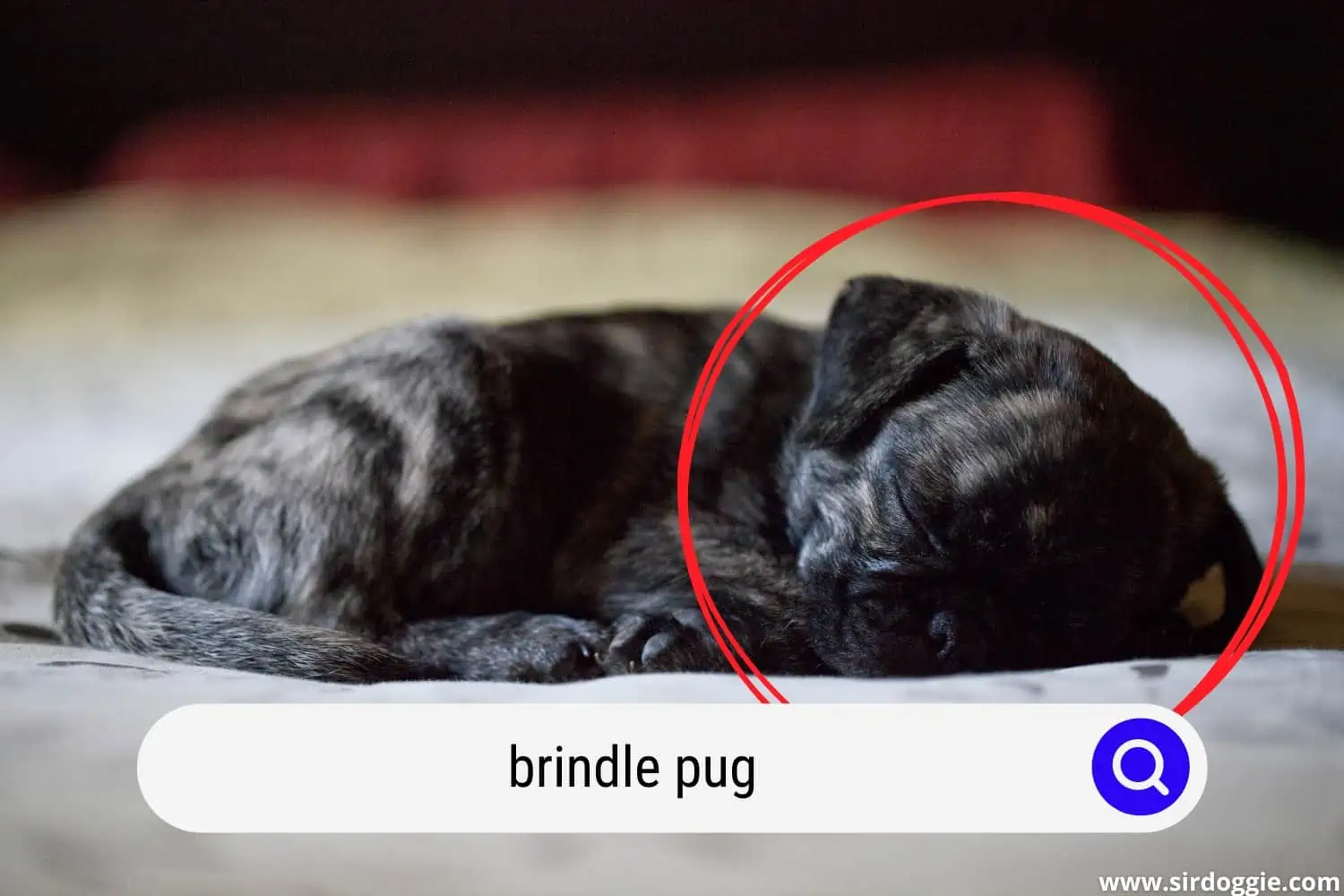Are Brindle Pugs Rare Or Just Not Very Common?
Are Brindle pugs rare? They aren’t quite as rare as you think. This is a question I get a lot from readers about the color of brindles. It’s a great one to use when writing a blog post to build curiosity. You may have heard that brindles are a rare color among pugs. Well, it turns out that there is no such thing as a rare or uncommon pug color. It is just a misconception that is perpetuated by breeders and owners alike.
According to the Pug Rescue of Greater Washington (PRGW), there are currently over 3,000 pugs available for adoption in the area. There are no “rare” pug colors, but rather there are pugs that have been bred for certain looks or characteristics. One of the most popular types of pugs in the world today is the brindle.

How Much Does Brindle Pug Cost?
The final point is the most important one to keep in mind when writing a persuasive blog post: it has to be short, clear, and relevant. Brindle pugs are pretty much the same size as your average dog—about the size of a 6-month old puppy. That means that Brindles cost around $700 on average. The reason they’re so expensive is that they’re highly sought-after breeds that are hard to find. The price of a Brindle is determined by the amount of time and money it takes to train a pug to be a service animal for someone with a disability.
Where Are Brindle Pugs Most Common?
Brindles are very popular and are considered the most valuable breed. The AKC registered Brindle Pug in the U.S. is the top-valued puppy for breeders. These little bundles of love sometimes are valued at around $1,000! This means that they are worth roughly 10 times more than the average dog. That’s quite a big price tag to pay, but people who have these bundles of joy don’t let that stop them from buying.
Why Are Brindle Pugs So Rare?
The reason that most brindle pugs are black and tan is that the brindle gene is recessive. This means that the dog must have two brindle genes to be a brindle pup. In this case, the parents would need to be homozygous for the brindle gene. This means that both of the parents would need to be brindle pups for a litter of brindle pups to be born. Since the breed is so rare, they don’t keep purebred brindle pups.
That’s why there are few brindle pups in the world. You should check out pugs in your area or on the internet. You can also find brindle pups at your local shelter.
Related Reading: What Colors Do Pugs Come In?
Brindle Pugs Personality
The temperament of the brindle pug does not determine the personality of the dog. Personality traits can be so strong in the pug, that they can override temperaments entirely. Personality traits are more or less a set of characteristics that the pug owner sees in the dog’s behavior and responds to with positive or negative reinforcement. If the pug owner is positive, the pug will become more positive, and if the pug owner is negative, the pug will become more negative.
Do Brindle Pugs Shed A Lot?
There are a couple of things you can do if you’re one of those people who are bothered by the shedding. First of all, you need to realize that you can control your dog’s hair coat. If your dog sheds a lot, there are several options for grooming. You can try shampoos that contain less shampoo so that you don’t strip the coat. You can use an over-the-counter product that coats the coat to help prevent shedding. Finally, you can get a professional groomer to groom your dog once every two weeks.
Health Problems Of A Brindle Pug
The health issues a brindle pug can face include skin and hair problems, digestive issues, heart conditions, and more. They are very susceptible to cancer and certain skin issues. If you own a brindle pug, make sure to check your pug’s fur and skin regularly, as well as their teeth. The breed has long faces and their hair should be combed regularly.

Conclusion On Are Brindle Pugs Rare!
In conclusion, The reason that we don’t see more pugs with brindle coats is that they are rare, not because they aren’t common. Brindle is a color that has been used by people and dogs for centuries. It was in use as far back as the 13th century. But, when you look at the few pugs that have been born with a brindle coat, you’ll notice that they are very rare. That’s why you’re probably not seeing them much.
Related Reading: My Dog’s Coat Is Changing Color
FAQs
Rarest pug color
Rarest pugs are actually a lot rarer than you would think. That said, most breeders won’t breed their pets for sale because it’s not profitable. This means that people who want a pet pug need to go to a breeder that specializes in these animals. Most breeders will charge anywhere from $500-$1000 for a pug puppy. The rarest colors are white, tan, red, black, and orange, which is why many breeders will only have one of those colors available.
Rare pug breeds
There are many different types of pugs. Each breed of dog has its own characteristics. The rarest breeds of Pug include the Wirehair and the Dandie Dinmont. These are two breeds that are very rare. There are only about 30 Wirehair Pugs in the world, and only about 25 Dandie Dinmonts. Other common breeds of pugs include the Miniature, which is one of the most popular types of dogs. These are also the most common type of dog.
What causes a dog to be brindle?
According to the American Kennel Club, dogs can be brindle colored, and there are five different brindle colors: Black, red merle, silver merle, tan merle, and fawn. So how did this dog get all these brindle colors in his fur? Well, it turns out that brindle comes from a combination of two other genes: the merle gene, which means that there is some white on the dog’s coat, and the black gene, which creates the black portion of the coat.

Family Dog Expert Author
Hi there! I’m Stuart, a devoted dog lover and family dog expert with over a decade of experience working with our furry companions. My passion for dogs drives me to share my knowledge and expertise, helping families build strong, loving bonds with their four-legged friends. When I’m not writing for SirDoggie, you’ll find me hiking, playing with my beautiful dog, or studying music.